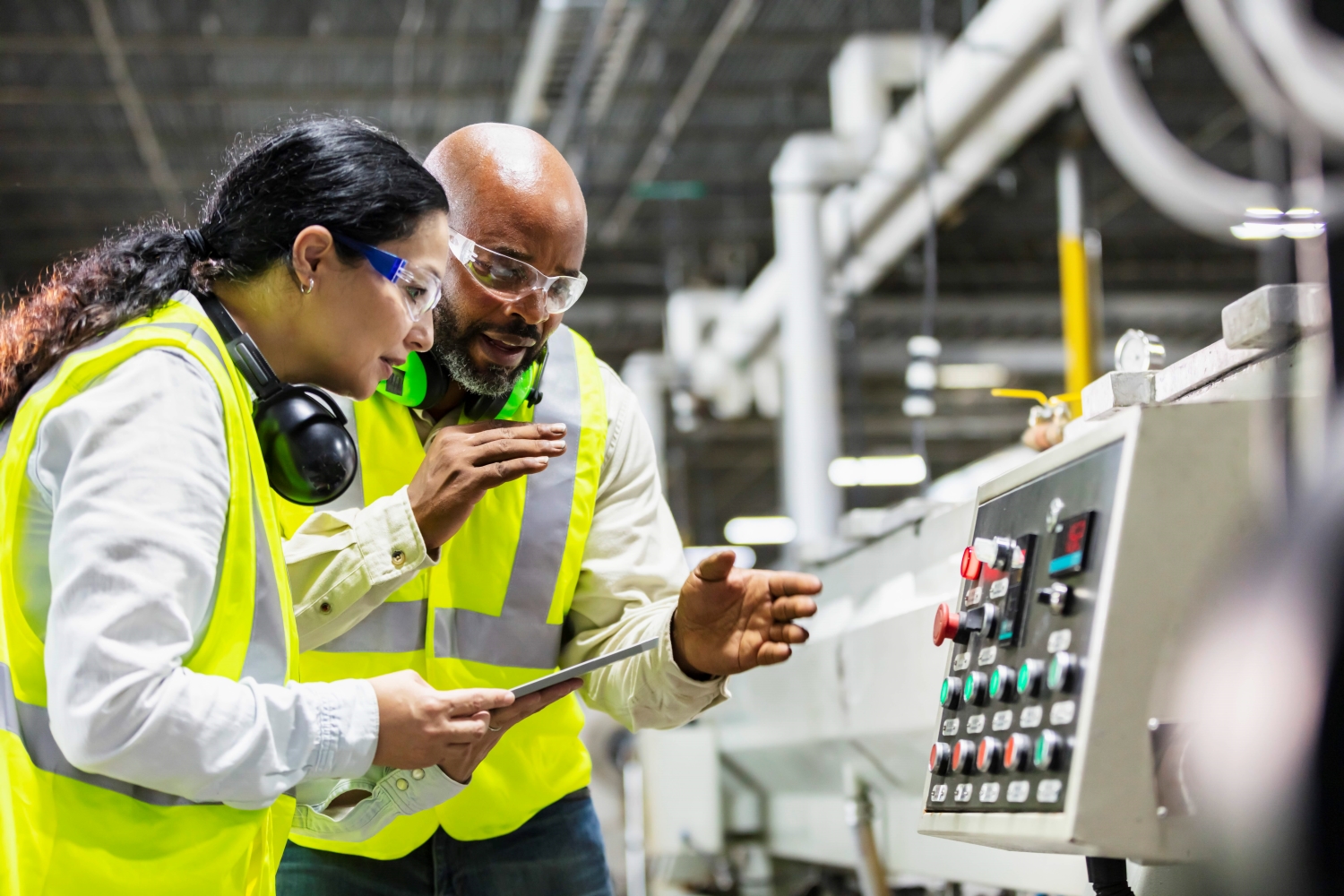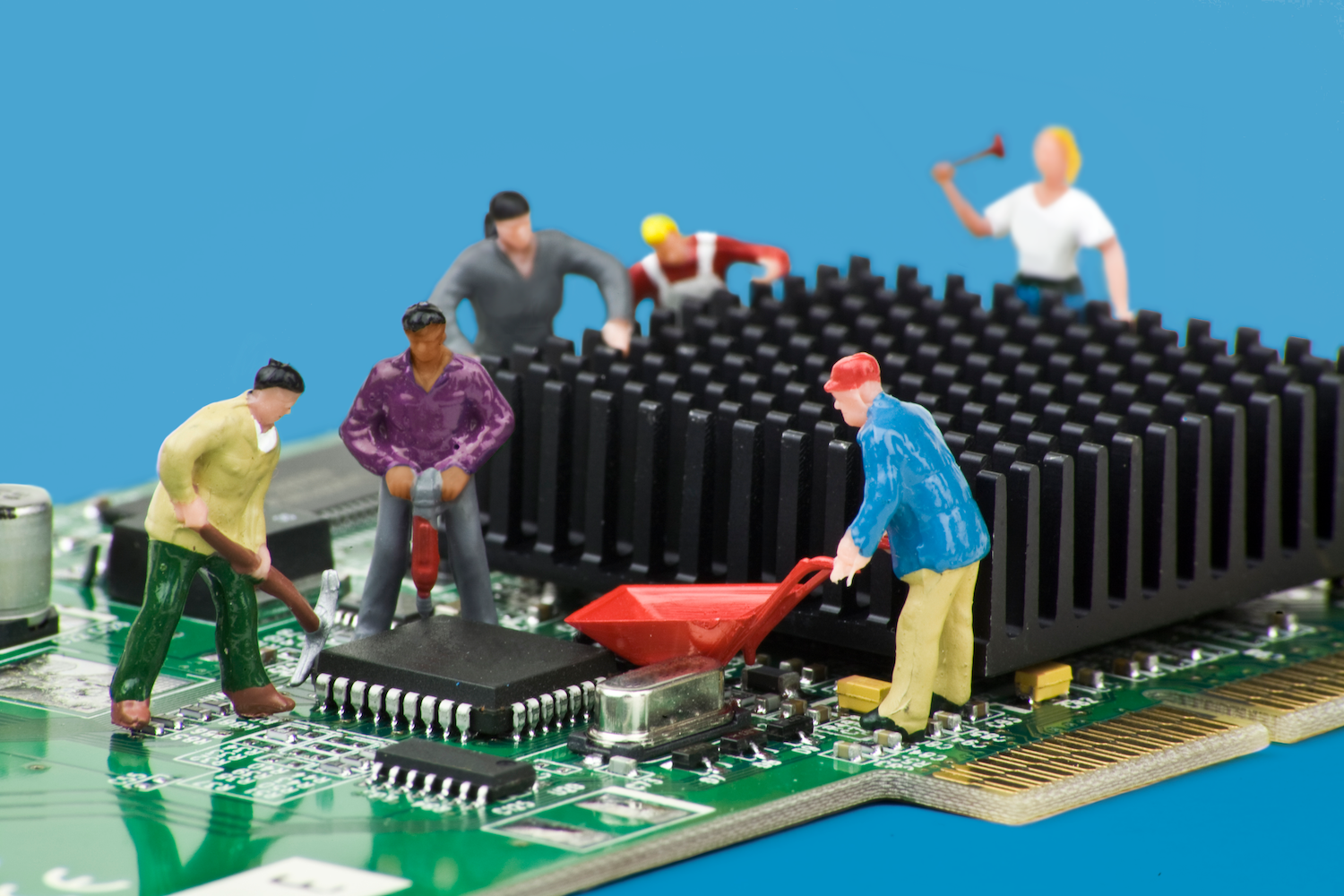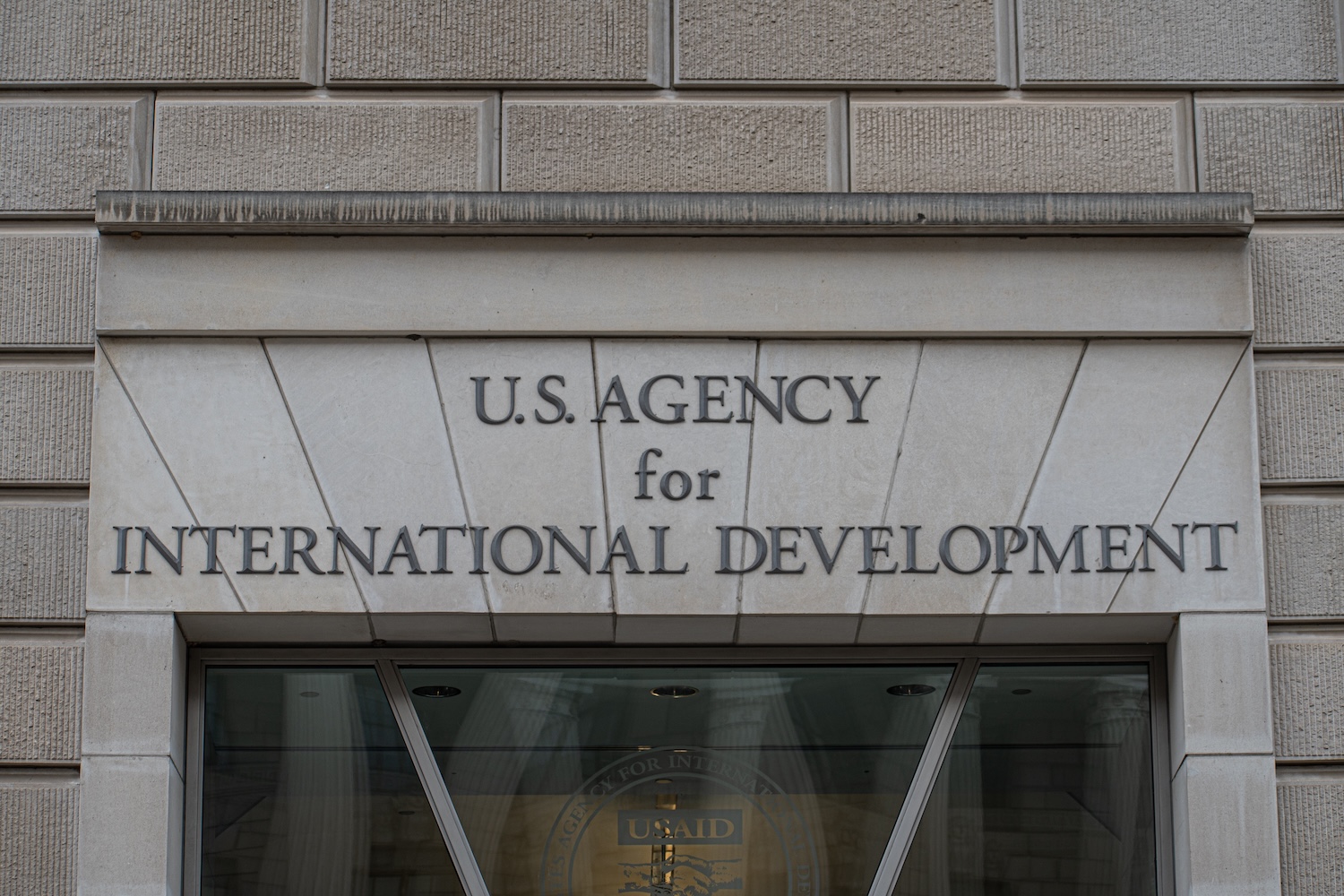Executive Summary
Promoting job quality while introducing automation into the manufacturing sector is something both employers and labor activists agree is a priority for the competitiveness of the American economy. Policymakers can reduce the risks of automation, future-proof the manufacturing workforce, and increase worker retention in manufacturing by establishing job quality-centered procurement criteria, incentivizing upskilling, and supporting initiatives like NIST’s Manufacturing Extension Partnership (MEP).
Issue
AI and other automation technologies are rapidly evolving and offer the potential to spur innovation in manufacturing, improve economic productivity, and create high-value jobs. However, the hasty deployment of AI can also lead to risks from reduced human oversight, deskilling of workers, and discrimination against older workers and people of color, exacerbating existing inequalities in the manufacturing ecosystem.
A critical concern with AI in manufacturing is its potential to exacerbate labor market inequalities and displace skilled labor. Digital automation has contributed to labor market inequality since the 1980s, particularly impacting workers through job losses or wage declines.
- The Center for Economic Studies found that as many as 64% of US workers and 72% of manufacturing workers are exposed to technologies like AI, robotics, and specialized software.
- More than 260,000 manufacturing jobs have been lost (around 2% of today’s manufacturing workforce) in the US since 2000 as employers deployed robotics, according to an Oxford Economics study.
Analysis
Research on the impact of AI adoption on the availability of jobs and wages is not clear-cut. Some groups predict that the impact will depend on the specific use case and application of the AI tool, while others say that there is a real chance that AI deployment will ultimately lead to pervasive unemployment.
At its worst, use of AI hurts the labor market by causing widespread job loss and reducing worker autonomy; at its best it can free up workers from dirty, dull, or dangerous tasks, allowing them to focus on higher-value, more personally rewarding activities that enable career mobility. While potential benefits of AI for labor market productivity are immense, the design and use of such technologies without involving workers could result in a less democratic and less fair labor economy that costs both employers and workers in the long run.
How using AI will impact workers is not predetermined—it is up to policy leaders to steer the deployment of technologies in a way that supports and future-proofs the workforce for AI adoption.
Now is the moment for policymakers to develop AI policy that improves job quality to boost overall economic growth.
Recommendations
Aspen Digital, in consultation with experts from academia, civil society, and industry, has developed Frontline AI: A Guide for Manufacturers on how to integrate automation onto the manufacturing floors responsibly. The recommendations for manufacturers featured in the guide have been widely supported by a host of stakeholders including prominent leaders from both large and small manufacturers, workforce training specialists, labor advocates, the U.S. federal government, and technology specialists.
It isn’t possible to fully benefit from AI deployment without strengthening the workforce we have and building the foundations for the workforce of tomorrow. This will involve leadership from both the public and private sector.
Policymakers should prioritize policies that:
Goal 1: Reduce the risks of automated systems
AI tools and data-driven automation are becoming increasingly prevalent across sectors. McKinsey’s 2022 Global Survey on AI found that adoption had more than doubled since 2017. While use of AI may provide efficiency gains, it also comes with risks due to the loss of human oversight, job displacement, and top-down decision-making.
Key recommendations from the guide include:
- AI tools can (and often) make mistakes, underscoring the importance of human oversight, particularly in safety-critical areas. This includes establishing clear roles and processes for reviewing automated decisions and developing guidelines for contexts where AI should not be used, like in hiring processes.
- Evaluating the impacts of AI on employees satisfaction, and worker health by tracking and monitoring metrics such as internal promotion rate, injury rate reduction, and worker absenteeism, among others.
- Setting up real-time feedback loops during and after deployment, to seek insights from the frontline. This process will provide insight into where the technology is proving most helpful and where it is not delivering on intended benefits.
How can policymakers help?
- Provide regulatory frameworks and incentives for maintaining human oversight in critical areas
- Establish standards for worker-centric performance metrics
- Encourage the creation of dynamic feedback systems to continuously assess and improve AI’s impact on the workforce
Goal 2: Upskill workers to future-proof the workforce
Educating the workforce early and equipping young talent with 21st century skills is critical, particularly in an industry that is experiencing labor shortages. The U.S. workforce currently lacks sufficient digital skills, contributing to potential unemployment and economic challenges. For example, a Deloitte study suggests that this skills gap could result in 2.4 million unfilled positions from 2018 to 2028, causing economic losses of $2.5 trillion. This mismatch between workforce skills and employer needs can also reduce market competitiveness and productivity.
Key recommendations from the guide include:
- Identifying skill gaps and providing training in basic digital skills to prepare employees working with automation in advance. Community college-run upskilling programs, regional workforce development boards and public-private partnerships such as NIST’s Manufacturing Extension Partnership (MEP) are dedicated to enhancing the productivity of U.S. manufacturing.
- Making upskilling accessible by ensuring training opportunities are available on site, during work hours, in multiple languages, and with appropriate compensation for time spent can ensure maximum participation from the frontline workforce.
- Clearly outlining economic and career mobility benefits for workers who participate in an upskilling program improves overall worker experience and job quality.
How can policymakers help?
- Facilitate and fund public-private partnerships like the NIST MEP
- Enact policies that incentivize businesses to invest in the upskilling and training of their frontline workforce
Goal 3: Improve retention in manufacturing
The manufacturing sector faces a historic challenge in retaining skilled workers. Manufacturing jobs are largely viewed as “dirty,” despite the potential offered by living wage manufacturing jobs in advancing low-wage workers to the middle class. Employee retention is vital for the economy as it ensures a stable, skilled workforce crucial for industrial growth and innovation.
Key recommendations from the guide include:
- Encouraging worker feedback and collaboration in setting industry productivity goals with new technology. This includes creating anonymous question systems and allowing workers to develop performance improvement systems.
- Promoting equal opportunities in automation deployment across diverse worker backgrounds by deploying technology that complements workers’ professional identities and rewards engagement in lifelong learning.
- Seeking worker input when creating policies for algorithmic management and worker surveillance (e.g. wearable technology, sensors, and other monitoring systems).
How can policymakers help?
- Help shift the perception of the manufacturing industry by requiring fair and inclusive automation practices
- Consider including the above guidelines in government technology procurement criteria, requiring manufacturing contractors to adhere to worker-empowering AI practices
- Develop industry-wide standards that motivate companies to create worker feedback systems and incorporate worker voice in larger technology policy discussions
The views represented herein are those of the author(s) and do not necessarily reflect the views of the Aspen Institute, its programs, staff, volunteers, participants, or its trustees.

Anahita Sahu is a Google Public Policy Fellow, and a Master of Public Policy candidate at Harvard University’s Kennedy School of Government where she focuses on technology and business policy. She has a background in consulting and business development, with experience in fintech such as PayPal, Finvest (a Y Combinator startup) and Almond Fintech (a Series A payments startup). Prior to this, she spent the early days of her career working in financial inclusion at The World Bank.




